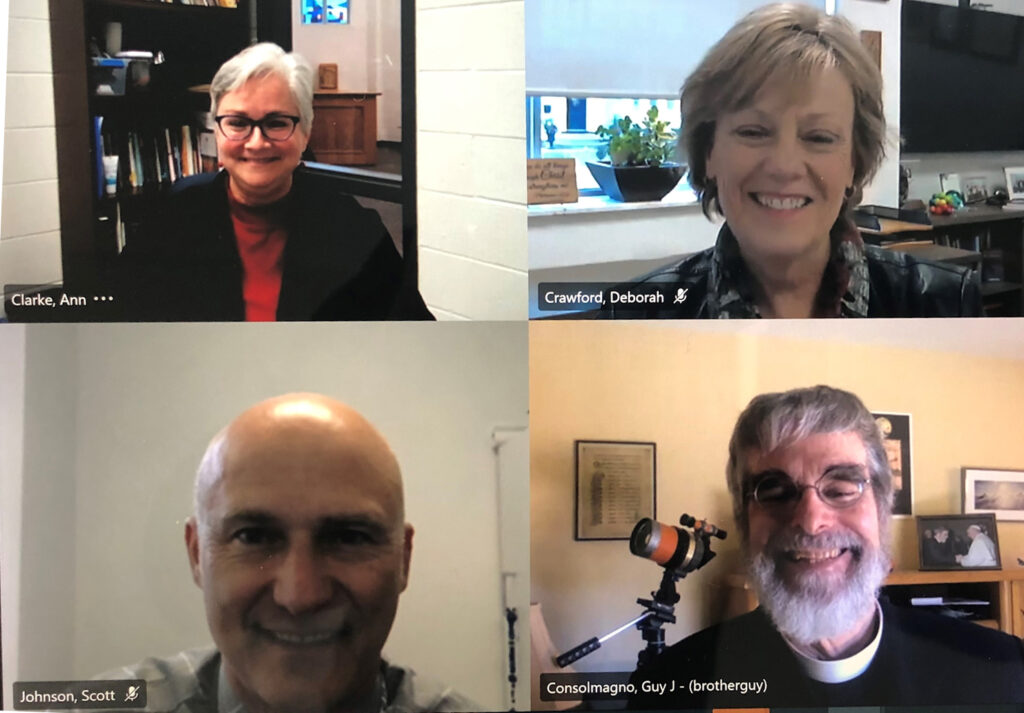Students at St. Patrick’s Catholic High School in Sarnia and Ursuline College in Chatham participated in a very special science lesson today, when they linked via the internet with Brother Guy Consolmagno, Director of the Vatican Observatory.
“Students have very challenging questions about faith and science,” says Ann Clarke, Chaplaincy Leader at St. Patrick’s Catholic High School. “This live event was an opportunity for them to have their questions answered by a leader in the field – someone who has a deep understanding of how our faith aligns with what science teaches us.”
Brother Guy is a planetary scientist, whose area of research includes asteroids and meteorites. He has a tremendous ability to communicate advanced areas of science in a way that is understandable to the general public. His message to students is that faith and science are not exclusive, in fact they are very compatible.

“We take the Bible seriously. It teaches us that the physical universe was made by God, in an orderly fashion, who found that His creation was Good, and who indeed so loved this world that He sent His only Son,” says Brother Guy. “This motivates us to study the physical universe, in order to become closer to its Creator. The Bible tells us Who made the Universe; science tells us how He did it.”
Classes from all grade levels and subject areas were invited to participate. Brother Guy was introduced by Director of Education Deb Crawford and thanked, following his presentation, by Scott Johnson, Superintendent of Education. The session was moderated by Ann Clarke.
The Vatican Observatory is one of the oldest astronomical institutes in the world. Its roots can be traced to the reign of Pope Gregory XIII, with the founding of a committee to study scientific data and the implications involved in the reform of the calendar in 1582.





